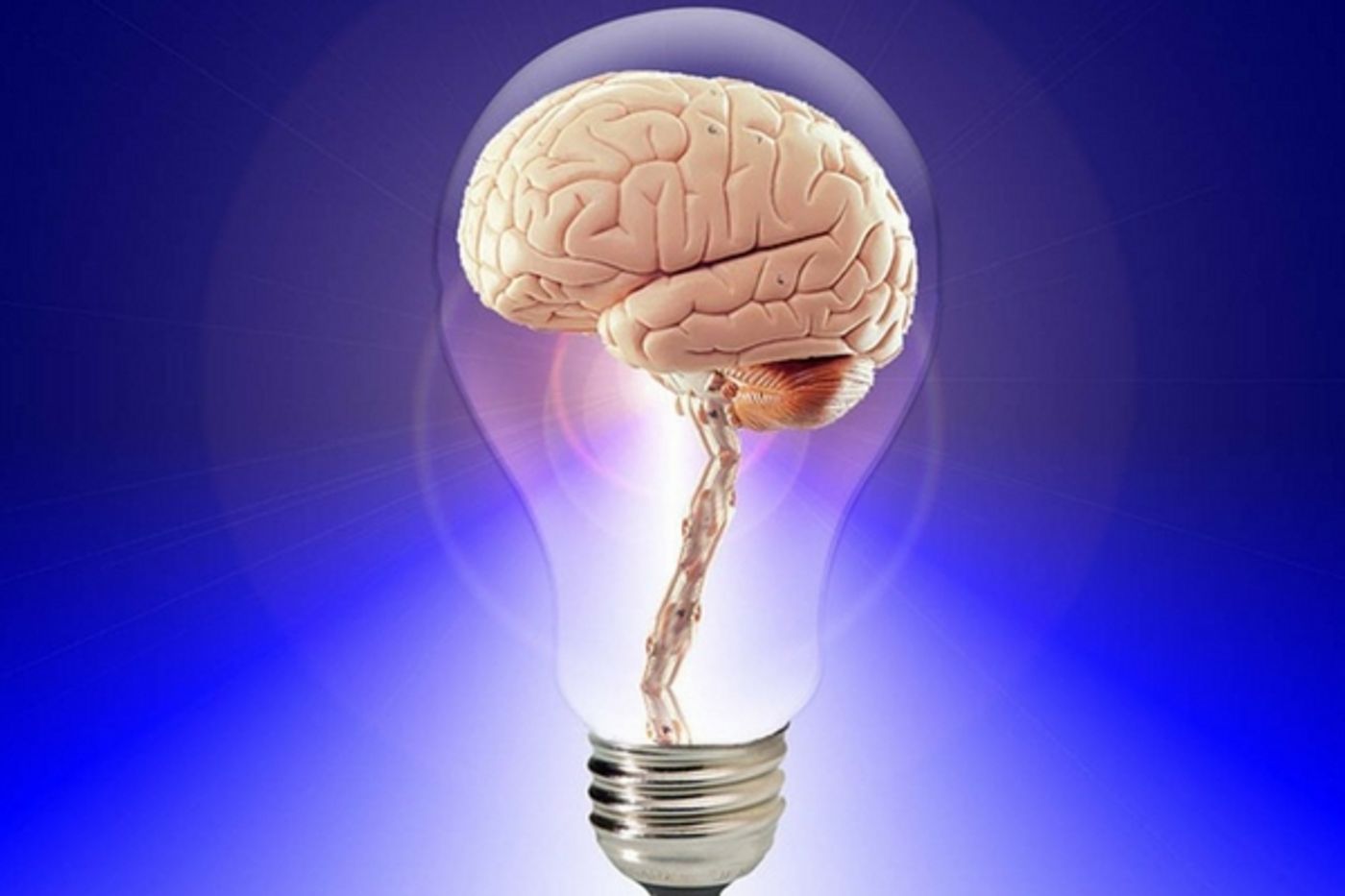New Technology in Deep Brain Stimulation for Tremors
Shaking of the hands or head can impact a person’s life in many ways. There can be several reasons for these tremors, from brain injury to illness, but the most common is called simply “essential tremor.” It’s often confused with Parkinson’s disease (PD) but the two conditions differ in a few ways. Head tremor is common with essential tremor, but not normally seen in early Parkinson’s. In addition, in Parkinson’s, tremors will stop or decrease when the patients gets up from rest and begins to move, whereas essential tremor happens more often when the body is in motion and will cease when the patient is at rest. Essential tremors are faster than those in Parkinson’s, they respond well to small doses of alcohol where PD tremors do not. Patients with PD can often get relief from certain medications that do not provide relief to those with essential tremor. Approximately 7 million people in the United States alone are affected by essential tremor, while there are an estimated 1 million PD patients in the US.
For those suffering from essential tremor, there is a surgical procedure that uses electrodes implanted in the brain, which are wired to a transmitter inserted in the chest wall. It’s called Deep Brain Stimulation (DBS) and it’s effective, but it’s constant. There is a set pattern of electrical impulses being transmitted to the brain all the time. Since essential tremor can come and go, having a constant stream of electrical impulses can be ineffective or bothersome at times. Researchers at the University of Washington have come up with a better plan. They have combined sensors on top of the brain that can pick up signals of movement in other parts of the body, like the hands and arms, with a DBS electrode. When these signals are detected, the electrode will fire. Having the electrode rely on brain signals from sensors before firing is a first in DBS technology and hopefully will allow patients to have better control of their tremors with the targeted treatment. The research conducted by scientists and ethicists at the Center for Sensorimotor Neural Engineering (CSNE) will be published in a future issue of the journal IEEE Transactions on Neural Systems and Rehabilitation Engineering.
The device could even be fine tuned by the patient, for times when more or less stimulation is needed. Co-author Margaret Thompson, a UW electrical engineering doctoral candidate and member of the CSNE team explained, “We’d ultimately like to give individuals that ability and choice. One side effect of deep brain stimulation can be difficulty speaking, for instance. So if you’re about to drink a glass of water, you might want to turn up the stimulation so your hand doesn’t shake. If you’re answering the phone, perhaps you’d want to turn it down so your speech isn’t affected.” Preserving battery life is also a benefit, since the longer a batter lasts, the longer a patient can go between surgical procedures to implant a new one. Early results in trials with patients have shown this “closed loop” to be more efficient in controlling tremors.
UW is working with the tech company Medtronic and their device the Activa PC+ S Deep Brain Stimulation system. Brain signals are picked up in the system by sensors in the motor cortex of the brain. Those signals are sent to a laptop computer and the software then directs the DBS electrodes to fire and calm the tremors. In three patients who had the Activa system implanted the team tested their ability to perform a simple task of tracing a circular pattern. In one instance the device was turned of, in one it was on constantly and in the third it came on only when the sensors detected hand movement. Without any stimulation the patients could not complete the task without significant tremor. The constant stimulation and the on-demand stimulation both worked well, but with the sensors in the cortex signaling the DBS electrodes there was significant energy savings, which was a goal. The computations needed to get the electrodes to fire were developed through machine learning and algorithms on a laptop, but the team hopes to put that capability into the chest wall transmitter in the next phase of development for a fully contained system. A short video on the results can be viewed here.
The video below talks about essential tremor in general and how it can affect patients
Sources: University of Washington, Parkinson’s Disease Foundation, WebMD









